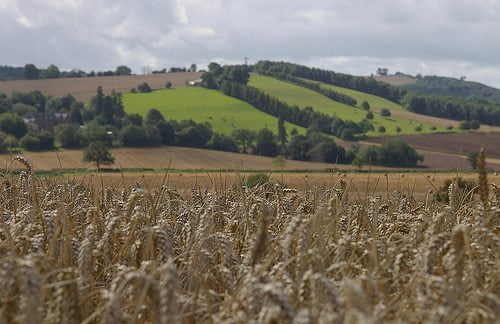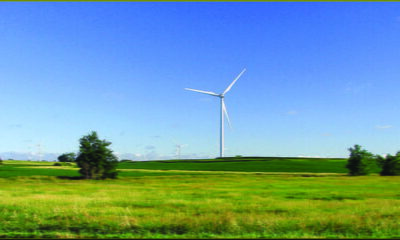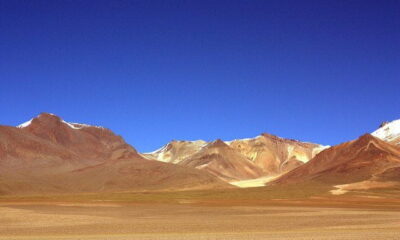

Environment
El Niño threatens food crop yields – but scientists can predict ‘bad years’
Warming and cooling trends caused by the climatic phenomena El Niño and La Niña could significantly reduce maize, rice and wheat yields by up to 4%, according to a new study.
El Niño Southern Oscillation (ENSO) is a climate variation pattern that periodically occurs in South America. It triggers a stream of warm waters that cause extreme weather events, such as extreme rainfall and droughts. La Niña is its cooling equivalent.
A team of researchers has investigated the way in which these patterns can affect global food production and found that while they are likely to increase soybean yield by 2.1-5.4%, they are also expected to cause a drop in production of maize, rice and wheat by -4.3% to 0.8%.
The study, published in the journal Nature Communications, also notes, “The global mean yield of all four crops during La Niña years tend to be below normal (-4.5% to 0.0%).”
The four crops analysed represent almost 60% of the world’s food calories.
Prof Andy Challinor from the University of Leeds said, “This new work tells us that we can predict when the bad years will be, ahead of the harvest.”
The study suggests that the findings should be taken into account by governments planning food policies, deciding for instance on when and where to plant crops, given that the effect of ENSO varies from place to place.
“Minimising the negative impacts or maximising the positive impacts of ENSO on global yields are increasingly important not only to ensure short-term food availability but also to maintain positive yield trends”, the team stated.
A study by the Centre for Australian Weather and Climate Research, published in October, revealed that rising levels of carbon dioxide and other greenhouse gases would amplify the effects of El Niño.
Photo: Matt Buck via flickr
Further reading:
Rising carbon dioxide will amplify El Niño, say scientists
High atmospheric carbon ‘significantly reduces’ nutrients in most important crops
1 in 10 people will live in a ‘climate change hotspot’ this century


 Environment10 months ago
Environment10 months agoAre Polymer Banknotes: an Eco-Friendly Trend or a Groundswell?

 Environment11 months ago
Environment11 months agoEco-Friendly Home Improvements: Top 7 Upgrades for 2025

 Features9 months ago
Features9 months agoEco-Friendly Cryptocurrencies: Sustainable Investment Choices

 Features10 months ago
Features10 months agoEco-Friendly Crypto Traders Must Find the Right Exchange





























